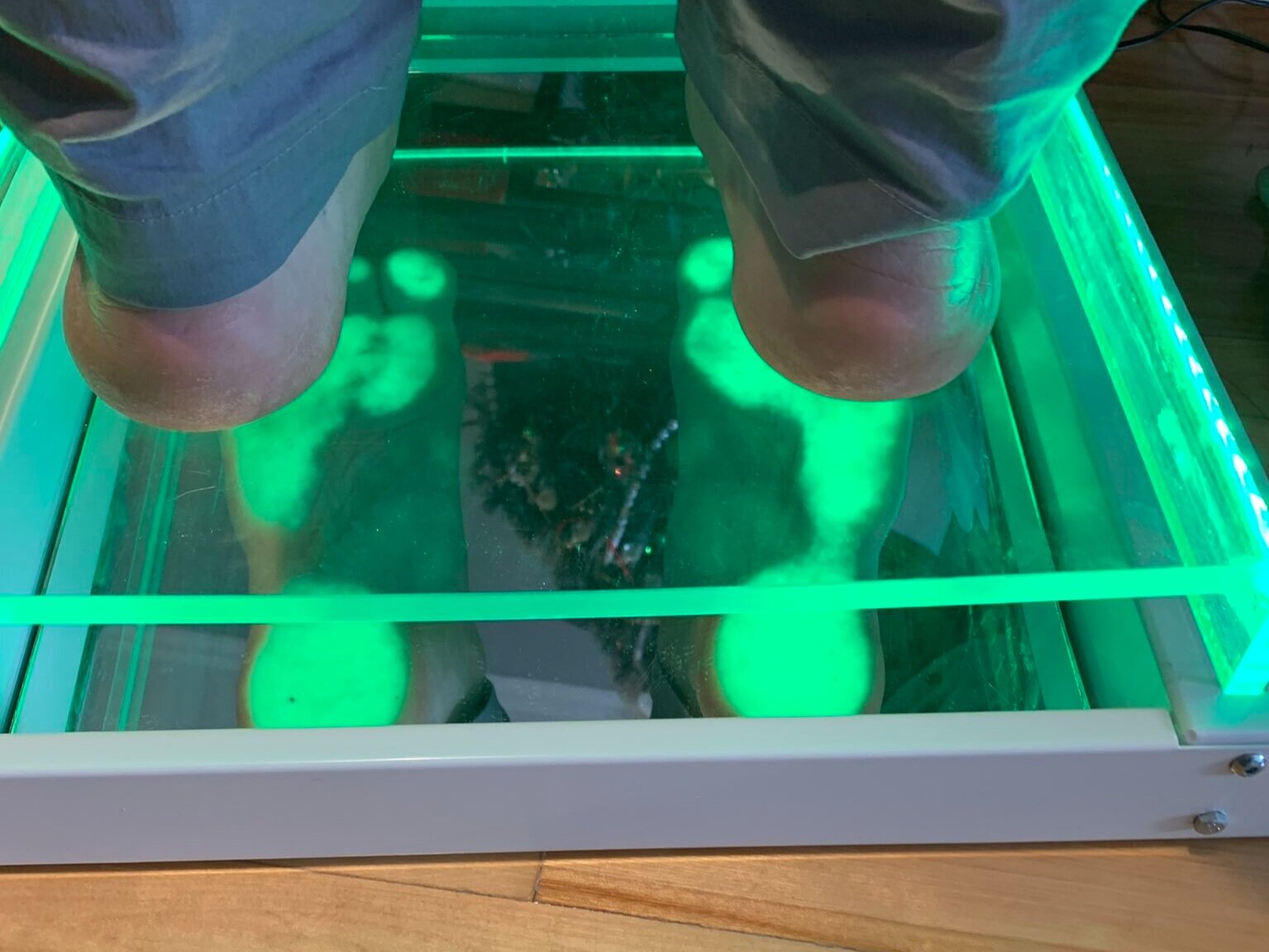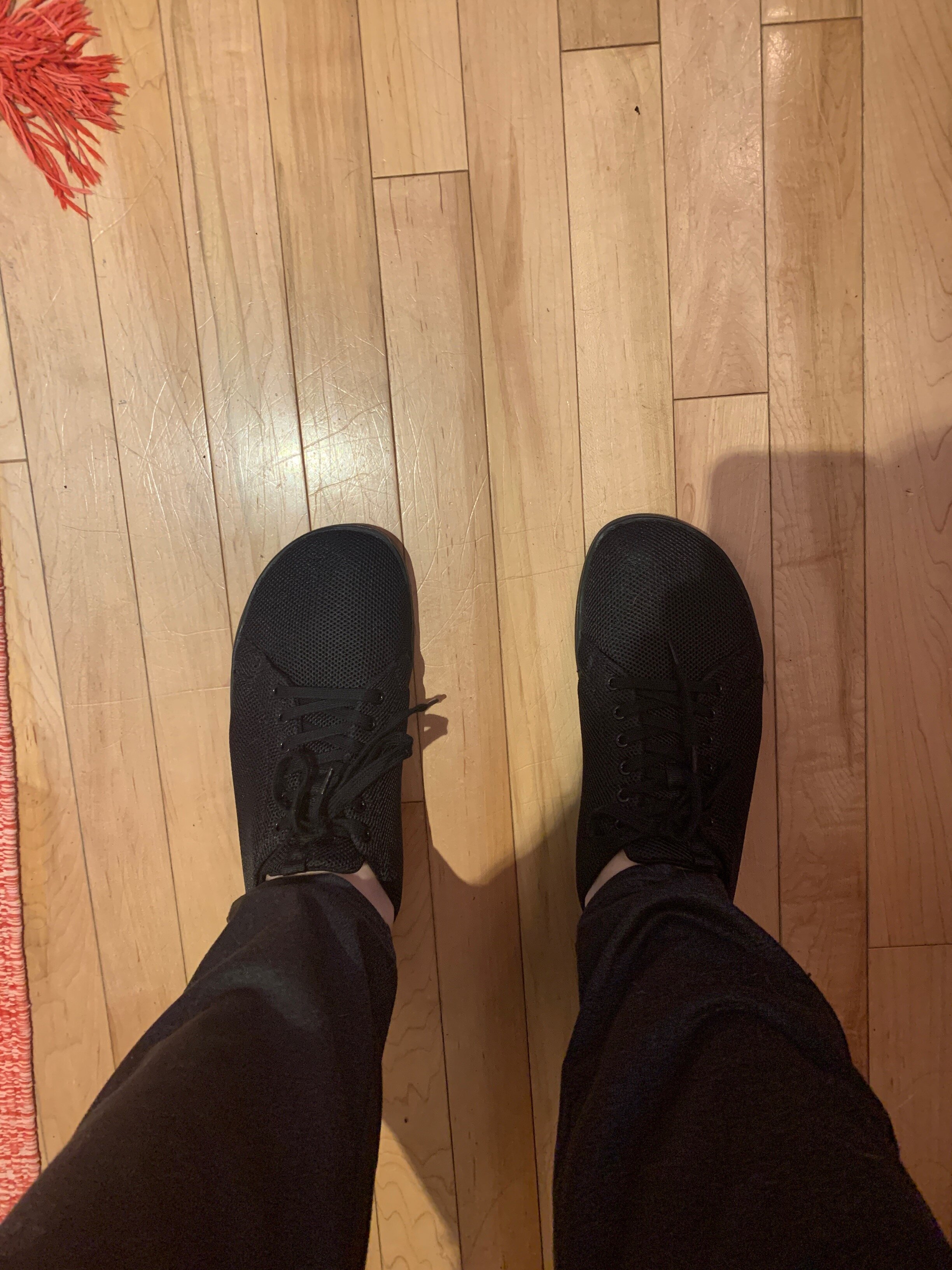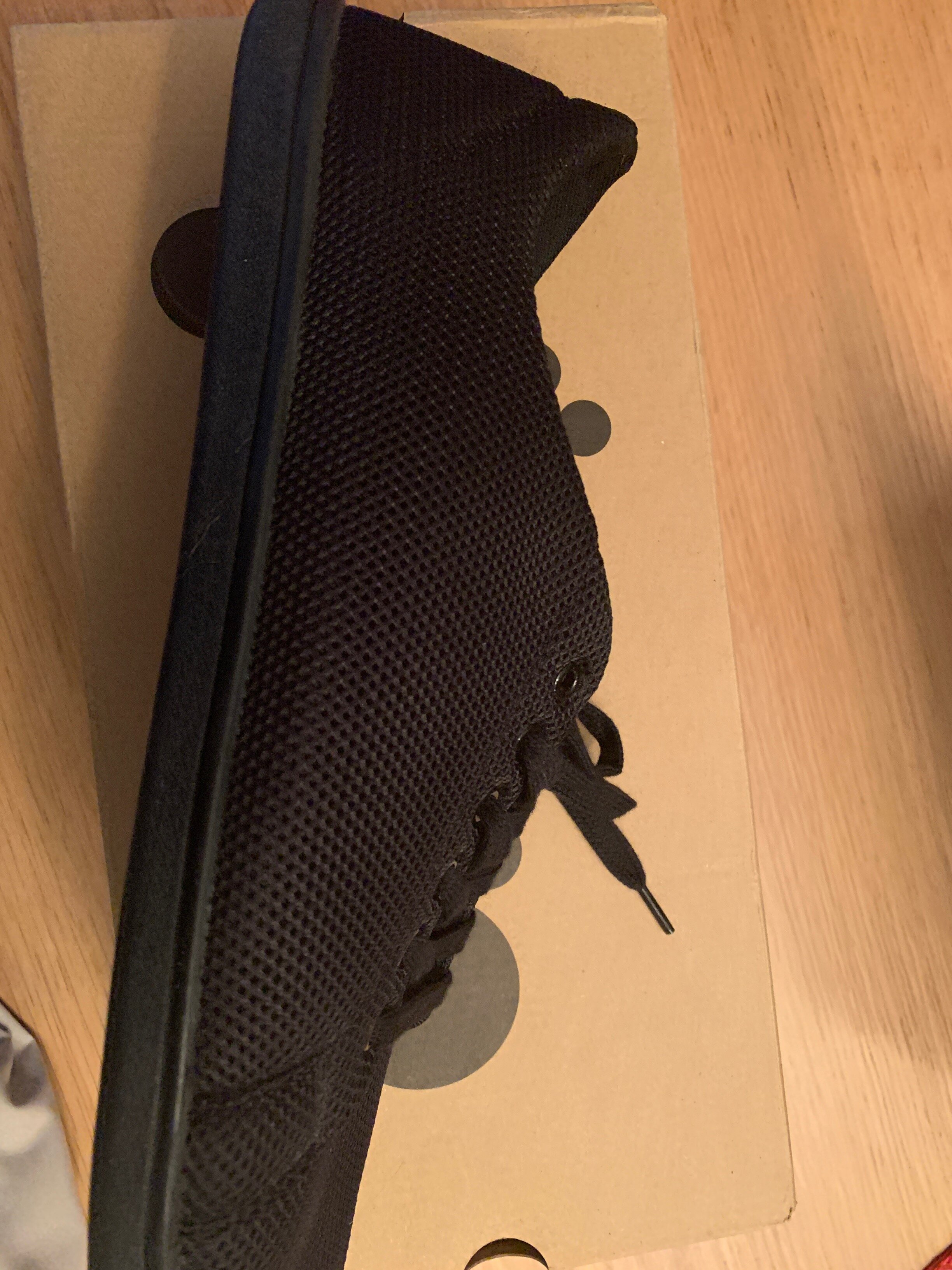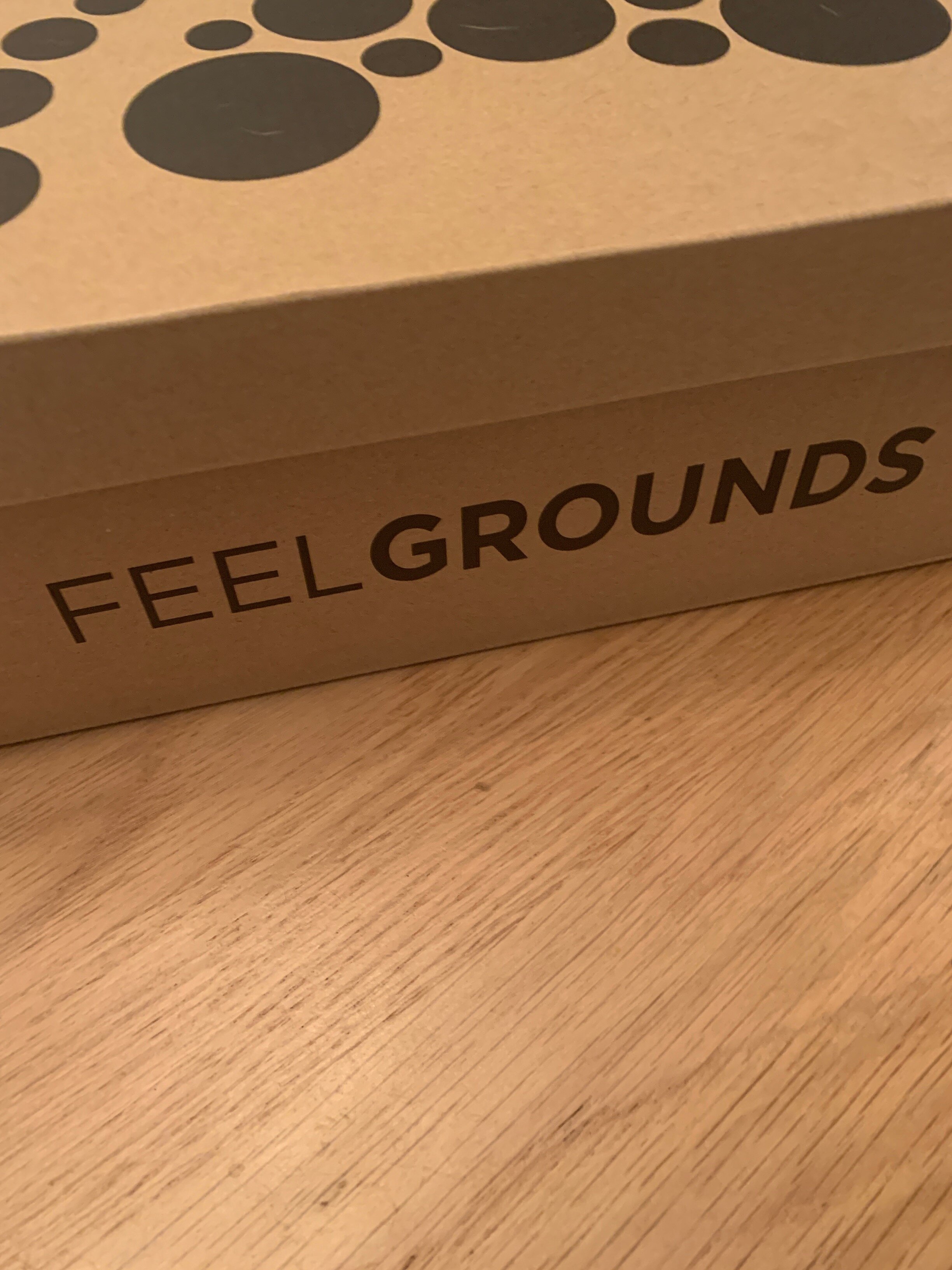Strength from the Ground Up
The feet are the bases of our bodies, yet few of us strengthen them enough to withstand the world.
Once upon a time, you were an infant, newly able to hold your head and crawl. You found the strength to stand after many failed attempts. This rise bonded your brain and your soles forever as you felt the weight of the world on your spine and legs.
The new stimulation drove your growth to new heights, according to the American brain researcher Dr. Robert Mellilo. Gravity’s force harnessed by your body expanded your nervous system faster than ever before. You eventually walked your first step, which led the way to more conscious thoughts and complex movements like speaking or running.
Now, imagine trying to stand or walk without your soles. You would tip over, unable to explore the world and survive. 25% of your body's bones are in front of you for this exact reason, linked like puzzle pieces by hundreds of tissues.
Steady arches are the cornerstone of a stable posture and smooth movements. This article presents the feet as a vital part of any fitness routine, along with two tricks to be more robust from the ground up.
Three Thoughts:
Your arches are springs. They store the energy of your steps and use it to propel your foot forward.
The exchange between your brain and your feet is vital to set a stable posture.
Arch problems imperil the rest of your body.
Power Arches
A client started working with me after losing the will to take his daily long walks. He reported how the usual spring in his step had been replaced by fatigue and lower back pain.
I used a podoscope to assess the state of his feet, something I learned from the creator of the Posturepro-method Annette Verpillot. The device shows how somebody's weight spreads on each foot. You stand on a glass plate, and the pressure leaves an imprint on a mirror underneath.
Podoscope
The picture below displays what I consider a near-optimal impression, other than the right small toe not being in contact with the ground.
My client's results showed that his weight spread unevenly between his left and right. Both ankles collapsed inward, which pulled part of his soles near his heels off the ground. The issue was more notable on his left foot, which happened to be his most painful side when he walked.
Healthy absorb the shock of a step when your foot strikes and steadies your body while the other is off the ground. The tissues then release the stored power during the next step to propel you forward and spare your energy reserves. This feature once let our ancestors cover vast distances as they hunted and explored the world.
Think about how many steps you take daily. The count for the average American adult is 5000 to 7000. Your soles hit the ground thousands of times a day. Any issue affecting these first contact points will leak energy and stress your body above excessively.
The small yet constant shocks turn into pain and injury over time. You lose the spring in your step and fatigue faster. Robust arches are vital to save energy and keep your movements smooth from the ground up.
Mind your soles to harness the earth's powers when you move.
Feel the Ground
Our brains must know where we are on the ground to command our movements. Think about the contrast between a step on sand or cement. The same motion uses more energy due to the unstable surface, and requires a different execution.
You have hundreds of thousands of sensors loaded in your skin to send a full report about your position on the ground. Your nervous system feels precisely how much tension your muscles need to make based on these messages sent by your feet.
My client’s Posture Assessment found that his left hip was higher than the other. Both rolled forward, except the left was also more pronounced. His lumbar spine deviated forward.
The quality of your posture depends on this exchange. Issues ranging from flat feet to wearing the wrong shoes all day will disturb the signal and hinder your body's stability. Your nervous system gets the wrong message and tenses your muscles incorrectly.
The feet-brain connection is a central point of Annette Verpillot's Posturepro-method. Healthy arches ensure clear signals get sent from your soles to set the right postural tension. This constant 2communication is the root of a stable body and deserves much more attention in your posture and exercise protocols.
Mind your soles to keep your posture well grounded.
Strength from the Ground Up
The client strengthened his feet consistently and saw his feet change before his eyes. His pain subsided as his weight began spreading evenly along the full length of each foot. He could squat heavy again and broke many strength plateaus.
He still needs to train them regularly, but much less frequently than when he started three years ago. Arches need time and consistency to set correctly, especially since he had suffered two serious lower leg injuries as a competitive athlete.
Your feet are vital aspects of your physical performance and overall fitness. They tell your brain where you are relative to the ground and absorb your weight when you walk.
Modern shoes inhibit these functions by design. They numb the communication with your brain with thick rubber insoles and weaken your arches with artificial support, which renders the muscles and tendons useless over time.
Weak, restricted soles will imperil the rest of your body thousands of times every day.
Many pain and posture problems have roots in your soles due to the high amount of daily tension exposure, from lower back pain to unstable knees, rolled or uneven hips, and spinal misalignment. Well-trained tissues will help you withstand the demands of the world.
Here are two ways to ensure strength and stamina from the ground up:
Exercise Barefoot
You lose what you don't use with your feet. Restrictive shoes and socks cut them off from the ground's energy while inactive lifestyles weaken your tissues. Many gyms forbid their members to train barefoot for liability reasons. Take the time at home if that's the case.
Barefoot bodyweight squats and lunges are my favorite exercises to keep my feet active. These motions expose my soles to resistance, which builds the foundation arch strength needed to support me.
Standing Calf Raises stabilize the arches from above. They stretch the bottom of your feet and your ankles, especially if done one leg at a time. You release a lot of tension.
Join The Online School of Exercise to take your arch training to the next level.
Stimulate Your Feet Daily
The countless sensors in the skin of your feet need daily stimulation to stay active. Spend more time barefoot at home. Walk on grass or sand. I love stepping on gravel or stones in the summer. Your feet feel charged, and your body relaxed.
Acupressure mats are excellent if walking outside is impossible. I get a lot of positive feedback from my clients. I recommend different models depending on my client’s budget. The Aku mat is a high-quality product that stimulates your feet with metal spikes. It’s the most intense one I’ve tried out of all of them, but feels fantastic.
Aku Spike
Different models found on Amazon have reaped positive benefits as well.
Consider barefoot shoes to increase the stimulation throughout your day. They are flexible and keep your soles close to the ground at all times. The wider toe box gives your joints and tissues room to breathe.
I stumbled upon Feelgrounds on social media and have used their products for the last year. I love how they feel, and now have a hard time wearing other types of shoes.
They have withstood the test of my Olympic weightlifting workouts and hikes in the forest, along with thousands of steps in all types of weathers. You can see them in action in the video below:
Some people with more severe issues need constant stimulation, and would benefit from postural insoles.
The power is now in your hands to strengthen yourself from the ground up. Stimulate your soles daily to build a stable body and smooth movements. You will start every day on the right foot.
References
Buldt AK, Murley GS, Butterworth P, Levinger P, Menz HB, Landorf KB. The relationship between foot posture and lower limb kinematics during walking: A systematic review. Gait Posture. 2013 Jul;38(3):363-72. doi: 10.1016/j.gaitpost.2013.01.010. Epub 2013 Feb 5. Erratum in: Gait Posture. 2014 Sep;40(4):735-6. PMID: 23391750.
Drzał-Grabiec J, Snela S, Rachwał M, Rykała J, Podgórska J. Effects of carrying a backpack in a symmetrical manner on the shape of the feet. Ergonomics. 2013;56(10):1577-83. doi: 10.1080/00140139.2013.828102. Epub 2013 Sep 10. PMID: 24020805.
Flores DV, Mejía Gómez C, Fernández Hernando M, Davis MA, Pathria MN. Adult Acquired Flatfoot Deformity: Anatomy, Biomechanics, Staging, and Imaging Findings. Radiographics. 2019 Sep-Oct;39(5):1437-1460. doi: 10.1148/rg.2019190046. PMID: 31498747.
Jafarnezhadgero A, Majlesi M, Madadi-Shad M. The effects of low arched feet on lower limb joints moment asymmetry during gait in children: A cross sectional study. Foot (Edinb). 2018 Mar;34:63-68. doi: 10.1016/j.foot.2017.11.005. Epub 2017 Nov 10. PMID: 29310058.
Kim MK, Lee YS. A Three-dimensional Gait Analysis of People with Flat Arched Feet on an Ascending Slope. J Phys Ther Sci. 2014 Sep;26(9):1437-40. doi: 10.1589/jpts.26.1437. Epub 2014 Sep 17. PMID: 25276031; PMCID: PMC4175252.
Melillo, R., & Leisman, G. (2004). Neurobehavioral disorders of childhood: An evolutionary perspective. New York: Kluwer Acad./Plenum Publ.
Vukasinović ZS, Spasovski DV, Matanović DD, Zivković ZM, Stevanović VB, Janicić RR. Flatfoot in children. Acta Chir Iugosl. 2011;58(3):103-6. PMID: 22369027.
Woźniacka R, Oleksy Ł, Jankowicz-Szymańska A, Mika A, Kielnar R, Stolarczyk A. The association between high-arched feet, plantar pressure distribution and body posture in young women. Sci Rep. 2019 Nov 20;9(1):17187. doi: 10.1038/s41598-019-53459-w. PMID: 31748559; PMCID: PMC6868125.
Zelik KE, Honert EC. Ankle and foot power in gait analysis: Implications for science, technology and clinical assessment. J Biomech. 2018 Jun 25;75:1-12. doi: 10.1016/j.jbiomech.2018.04.017. Epub 2018 Apr 18. PMID: 29724536; PMCID: PMC6005760.
Zhang X, Pauel R, Deschamps K, Jonkers I, Vanwanseele B. Differences in foot muscle morphology and foot kinematics between symptomatic and asymptomatic pronated feet. Scand J Med Sci Sports. 2019 Nov;29(11):1766-1773. doi: 10.1111/sms.13512. Epub 2019 Jul 26. PMID: 31278774.
Zhang X, Schütte KH, Vanwanseele B. Foot muscle morphology is related to center of pressure sway and control mechanisms during single-leg standing. Gait Posture. 2017 Sep;57:52-56. doi: 10.1016/j.gaitpost.2017.05.027. Epub 2017 May 25. PMID: 28575753.



















